Memoirs Of A Suzuki Loyalist

Reader Mark Stevenson submitted this essay on life as a Suzuki owner. Please welcome Mark as he shares his unique perspective on a brand that we overlook too often. – DK
No matter how perfect a family appears on the outside, dig deeper and you’re bound to find secrets of drama, betrayal, and, more often than not, profound loss. Interpersonal relationships between family members can be complex – veins of hatred filled with love and the inverse being equally true.
My family is no different. But, in addition to all those feelings being bestowed upon each other, we’ve shared them with Suzuki, a car company that made exactly what we needed and then took it all away.
After Derek touched on how Suzuki has become the automotive equivalent of a hospital patient on life support in a multi-year coma, I wanted to take it upon myself to share with you, and Suzuki, a story of how a once plucky car company betrayed us, its loyal customers, and why we will never go back to the stylized “S” brand born in Japan.
Suzuki, this is an intervention. But, as with any intervention, some history is in order.
In 1992, my father needed a rugged, light-weight, capable 4×4 work vehicle that would return decent gas mileage and keep all his gear secure and safe from the elements. After looking at countless small trucks and SUVs, he happily settled on our first Suzuki: a lightly optioned, long wheelbase, 4-door Sidekick. My father thrashed it relentlessly along the logging roads of Cape Breton Island and the northern mainland of Nova Scotia. It was never clean. It was noisy. It didn’t even think about trying to be fast. But, “the Zuki” as it was affectionately called, was incredibly capable and easy on the wallet. The little 1.6L four-pot churned out less than 100hp and that was all that was needed. Or, as a Rolls Royce salesman would state, “adequate.”
The Suzuki had gained such a great reputation at my father’s workplace that, within a couple of years, a number of his co-workers also purchased Sidekicks as their own work vehicles. At one point in the mid-90s, there were no less than four Suzukis parked in the lot at his office. This was the woodsman’s F150.
In following years, Dad bought no less than four Suzukis from the same dealer – two more Sidekicks and two Vitaras. With each successive purchase, the vehicles got more powerful, less fuel efficient, less capable, and completely lost their initial charm.
His final Vitara, a Canadian-built 2004 model, was equipped with an underpowered V6, horrible automatic slushbox (this is the first Suzuki he owned that wasn’t a manual), nasty body cladding, and body parts prone to east coast rust.
Yet, my Dad drove the Vitara for eight years, until passing it on to me earlier this year. Why would he drive such a dreadful vehicle for eight whole years?
In 2005, Suzuki introduced the new Theta derived Grand Vitara, which shared a number of components with the Chevrolet Equinox. The drivetrain was still a RWD/4X4 affair, but the body-on-frame construction was gone, weight was gained, luxury appointments were given, and the new Grand Vitara was aimed at a completely different demographic – soccer moms looking for a soft-roader.
Suzuki could have stayed the course of building a niche product with a fairly broad appeal. They had built a reputation in North America with a very loyal customer base. After introducing the Samurai in Canada in 1980, Suzuki started importing the badge-engineered Suzuki Cultus – known to us in the Western world as the Chevrolet Sprint, Pontiac Firefly, and Geo Metro – for General Motors, and soon after partnered with the Detroit automaker to build a large plant in Ingersoll, Ontario to produce the new Sidekick.
In the 90s, you couldn’t drive 10 feet without seeing a Sidekick or one of the wonderfully badge-engineered General Motors offerings. Over the Sidekick’s lifespan, it had been sold as a Suzuki, Chevrolet, GMC, Pontiac, Geo, and Asuna. But, somehow, that didn’t affect the mini-ute’s reputation.
So, what went wrong? Why will we and so many other Suzuki loyalists never go back to the brand?
Just like Isuzu and Saab, Suzuki’s successes in North America have been based on its own sound judgment while their failures have been tied to General Motors. The Japanese automaker lost its way in the success of the GM partnership. It started to inherit the Detroit method of doing business while forgetting its own philosophies. Instead of Bowtie & Co. using Suzuki’s engineering, GM forced its own products on the plucky little automaker. Suzuki became GM’s discount brand, diluted and with no identity to call its own. Compare that with Subaru, a company steadfast in its own brand identity, and it’s clear to see who won out.
Suzuki is still on this doomed path. Save the Kizashi, nothing in the current American Suzuki range was born from the automaker’s DNA in Hamamatsu, Japan. And even then, the Kizashi – a widely well-regarded mid-size sedan among the automotive press – isn’t what Suzuki’s loyal brand base needs.
Suzuki, I don’t want a Nissan Frontier, Fiat Sedici, or a butched-up Chevrolet Equinox.
I want a Suzuki.
Until you become your old self again, you are not welcome in our driveway. As with any dysfunctional relationship, someone must put their foot down and end it unless significant changes are made. You gave us something amazing and we loved you for it. But, you changed and took it away.
Please, Suzuki, we want you back.

More by Mark Stevenson
Latest Car Reviews
Read moreLatest Product Reviews
Read moreRecent Comments
- Lorenzo This car would have sold better if there was a kit to put fiberglass toast slices on the roof.
- Lorenzo The Malibu is close to what the 1955 Bel Air was, but 6 inches shorter in height, and 3 inches shorter in wheelbase, the former making it much more difficult to get into or out of. Grandma has to sit in front (groan) and she'll still have trouble getting in and out.The '55s had long options lists, but didn't include a 91 cubic inch four with a turbo, or a continuously variable transmission. Metal and decent fabric were replaced by cheap plastic too. The 1955 price was $1765 base, or $20,600 adjusted for inflation, but could be optioned up to $3,000 +/-, or $36,000, so in the same ballpark.The fuel economy, handling, and reliability are improved, but that's about it. Other than the fact that it means one fewer sedan available, there's no reason to be sorry it's being discontinued. Put the 1955 body on it and it'll sell like hotcakes, though.
- Calrson Fan We are already seeing multiple manufacturers steering away from EVs to Hybrids & PHEVs. Suspect the market will follow. Battery tech isn't anywhere close to where it needs to be for EV's to replace ICE's. Neither is the electrical grid or charging infrastructure. PHEV's still have the drawback that if you can't charge at home your not a potential customer. I've heard stories of people with Volts that never charge them but that's a unique kind of stupidity. If you can't or don't want to charge your PHEV then just get a hybrid.
- AZFelix The last time I missed the Malibu was when one swerved into my lane and I had to brake hard to avoid a collision. 1 out of 5⭐️. Do not recommend.
- 2ACL I won't miss it; it was decent at launch, but in addition to the bad packaging, GM did little to keep it relevant in the segment. I'd prefer that another domestic automaker doesn't just give up on the mainstream sedan, but unlike some of Ford's swan songs, the Malibu made an indifferent case for why they should live.
















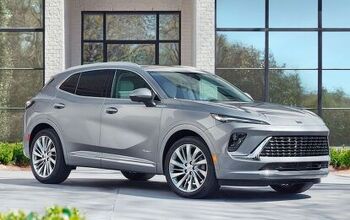
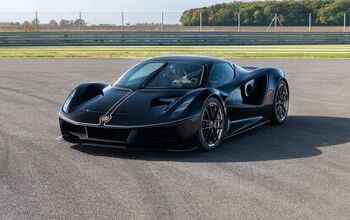
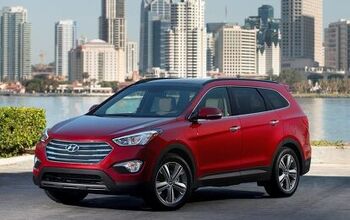



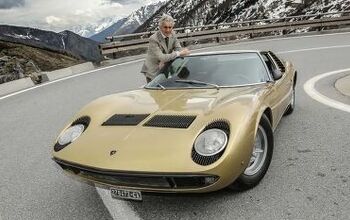
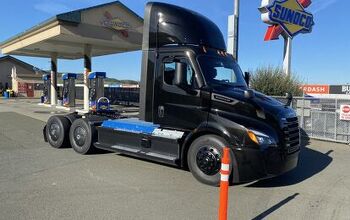
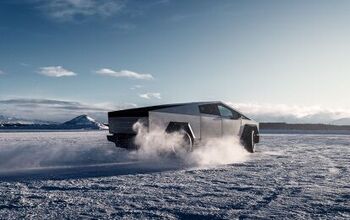
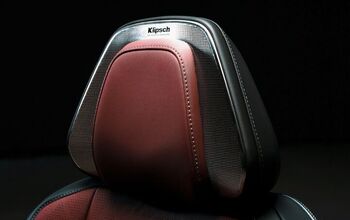
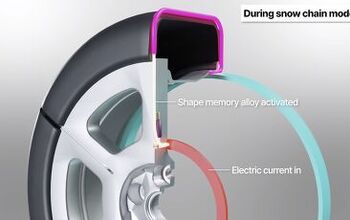


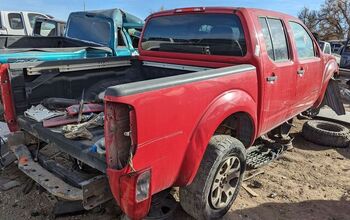
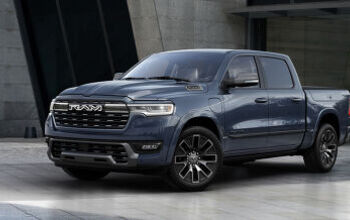


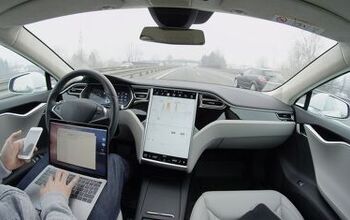
Comments
Join the conversation
I have owned a 96 Suzuki Sidekick for over 10 years, and during the school year I rack up at least 40 miles a day. I have replaced the convertable top, clutch, and alternator once, replaced the tires and brake pads twice, and just had a new windshield installed. The only preventative maintenence i've done, besides oil changes, was replacing the timing chain and water pump at 79k and 150k miles. The only weak area is the spark plug wires that last around 30k miles.(I've had to limp home a time or two when they gave out because I neglected to replace them on time) I have around 178 thousand miles on the original engine/tranny and STILL average 28 mpg while hauling around my wife and 2 kids in it. Total strangers at the gas station have told me on more than one occasion if I ever decided to sell it i'd have no trouble finding a buyer.
suzuki may just surprised everyone and get they game up i actually had a suzuki rep call me recently and said they have no plans of leaving and they are gonna work on getting dealers in place .....i really wish it could come through but what else is she gonna say to me.....